Proposal to continue reducing VAT by 2% to support people and businesses
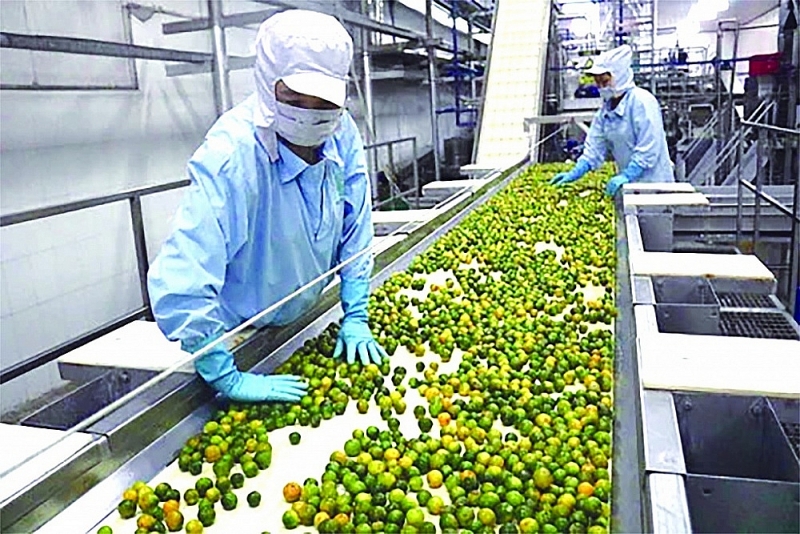 |
| Tien Thinh Agricultural Product Processing Company Limited (Hau Giang) invests in machinery and technology to produce fruit juice for export. Photo: ST |
Businesses are not out of trouble yet
Referring to the difficulties of textile and garment enterprises, Mr. Truong Van Cam, Vice Chairman of the Vietnam Textile and Apparel Association (VITAS) said that 2024 is not a bright year but will still suffer from the negative effects of the year 2023, many difficulties still have to be faced. Especially the increase in shipping fees due to instability in the Red Sea and great pressure on delivery time when ships have to go through the Cape of Good Hope.
Besides the above difficulties, there is a long-term pressure on the textile and garment industry which is the major changing requirements from the markets. For example, in the EU market, they make demands on sustainable fashion, sustainable textile strategies, starting from ecological design, sustainable production and consumption of textile products, and even the disposal must be sustainable, which means it must be recyclable. Even with inventory, major markets require recycling rather than arbitrarily using it like before. Many brands have requested that from now to 2030, they must use 30% renewable energy in production, and by 2050 this number must be 100%; At the same time, textile and garment enterprises are required to have a roadmap for implementation by 2050. For example, if a business cannot produce rooftop electricity, it must buy carbon credits, etc. This increases the business's costs.
Also according to the Vice President of VITAS, labor issues will also be difficult for the textile industry in 2024. There is currently no shortage of orders but a shortage of labor, because in the first half of 2023, nearly 80,000 workers lost their jobs, returned home to look for work and never came back.
“I think that when the State launches a credit program of 120,000 billion VND to support capital for social housing development, it needs to accelerate to help workers stick with businesses for a long time, this also indirectly supports businesses. With the interest rate support package of VND 40,000 billion, it is necessary to switch to another fund such as supporting businesses with green transformation, because this transformation requires a lot of money," Mr. Truong Van Cam proposed.
According to Mr. Ngo Sy Hoai, Vice President and General Secretary of the Vietnam Timber and Forest Products Association, the wood industry was previously likened to "the goose that lays golden eggs", exporting a lot, creating many jobs, the portion of added value that Vietnamese people enjoy is higher than other industries. However, up to now, we see that the ability to maximize profits of the wood industry is low and is no longer the "goose that lays golden eggs". Currently, wood businesses are facing some difficulties and challenges.
Accordingly, wood industry enterprises must face trade remedies. We are gradually replacing China as the factory processing and supplying wood products to major markets. For example, in the United States, of the country's total import turnover of wooden furniture today, Vietnam contributes 38.6%. Chairs are for example, out of 10 chairs that the United States imports, up to 4 are from Vietnam. This shows that we have almost replaced China in the US market, which is why the US regularly initiates trade defense investigations against wood products from Vietnam.
Besides, green transformation is both a challenge and an opportunity for the wood industry. For the past 10-15 years, Vietnam has done a lot of work to ensure legal timber as well as regulations do not cause deforestation and do not cause forest degradation. While many countries seem to "surrender" or strongly oppose, for Vietnam it is an opportunity. If we do well, we will be able to expand the market.
Another challenge comes from domestic regulations, in which regulations on fire prevention and fighting are making it difficult for wood businesses, some businesses even have to stop operating because they cannot meet regulations.
Strengthen businesses
Although GDP in the first quarter increased by 5.66% over the same period last year, exceeding the set scenario and being the highest increase in the first quarter of 4 consecutive years, according to experts, many signs show the momentum of economic recovery is not sustainable, growth quality has not improved, meanwhile, growth drivers are showing signs of "running out of breath".
In addition, the negative impacts of unfavorable and uncertain factors from the world economic situation will continue to affect the growth rate as well as the recovery of the Vietnamese economy in 2024 and the completion of many strategic goals in the following years.
To achieve the growth target of 6-6.5% as set out, economic growth in the last quarters of the year needs to reach 5.85 - 6.28% in the 6% growth scenario and from 6.32%. - 7.08% in the 6.5% growth scenario. This requires effective solutions to promote growth and support businesses, as well as scenarios to respond to situations that arise when Vietnam is a highly open economy and is affected by adverse fluctuations from the recent global economic and political situation. At the same time, reform orientations and operating solutions are needed to promote socio-economic recovery and development, associated with maintaining macroeconomic stability, controlling inflation, and ensuring major balances continue to be implemented.
Notably, the Government recently issued Proposal No. 177/TTr-CP to the National Assembly on the results of implementing a 2% reduction in VAT rate according to Resolution No. 110/2023/QH15 of the National Assembly at its 6th Session, 15th National Assembly. Based on the assessment of the results achieved by the 2% VAT reduction solution according to Resolution No. 110/2023/QH15, the Government submits to the National Assembly for consideration and permission to continue implementing the 2% VAT reduction policy for some groups of goods and services which are applied the 10% VAT rate in the last 6 months of 2024 (from July 1, 2024 to December 31, 2024) and assigned to the Government to organize and implement.
Talking with reporters of Customs Magazine, Professor. Dr. Dinh Trong Thinh said that, in the context of the economy facing many challenges and difficulties, applying VAT reduction is extremely necessary for people and businesses. Accordingly, reducing VAT from 10% to 8% for many products is a positive move to help stimulate spending, contributing to promoting GDP growth. Because reducing VAT will help reduce direct costs for shoppers, the tax reduction will stimulate consumers to shop more, and production and business enterprises will have better capital turnover. In addition, the 2% VAT reduction on raw materials, spare parts, equipment, etc also helps reduce production input costs, giving businesses room to reduce product prices and share difficulties with consumers. “Especially in the current context, it is necessary to increase support for businesses facing difficulties due to reduced export orders, thereby promoting the settlement of inventory and increasing capital turnover. Therefore, it can be affirmed that this policy helps businesses restore production and business quite effectively", Professor. Dr. Dinh Trong Thinh emphasized.
Related News
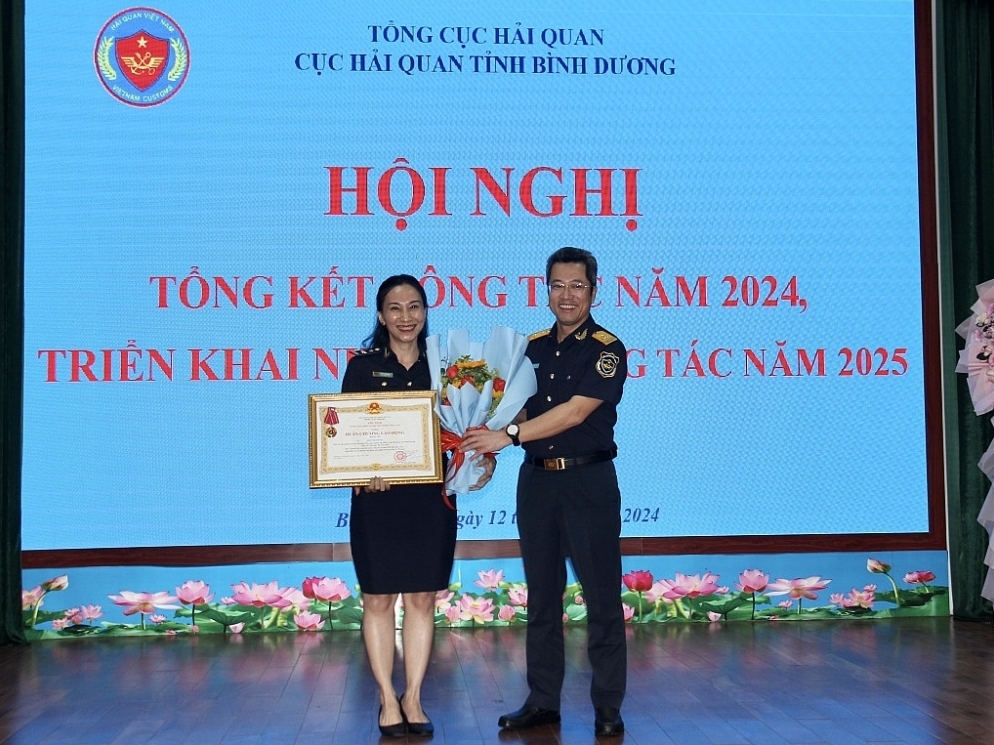
Binh Duong Customs surpasses budget revenue target by over VND16.8 Trillion
09:39 | 18/12/2024 Customs

Expansionary fiscal policy halts decline, boosts aggregate demand
19:27 | 14/12/2024 Finance

Ministry of Finance stands by enterprises and citizens
15:30 | 13/12/2024 Finance

Ministry of Finance proposes comprehensive amendments to the Personal Income Tax Law
11:23 | 16/12/2024 Finance
Latest News
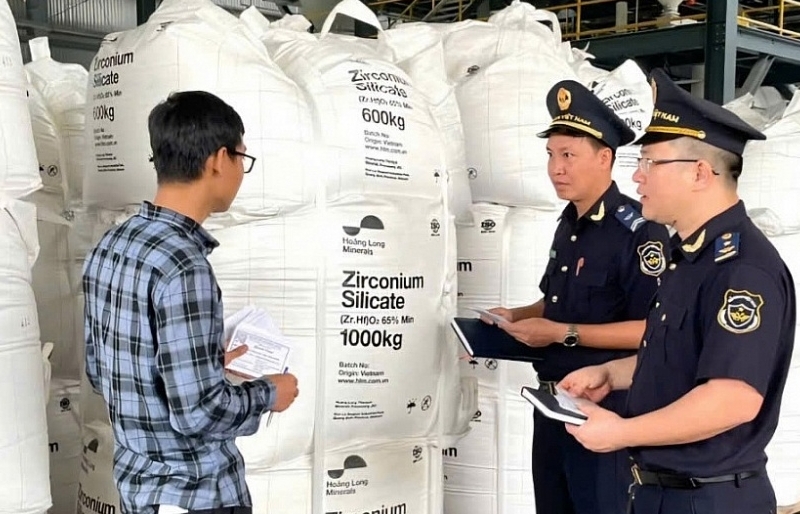
Resolve problems related to tax procedures and policies for businesses
13:54 | 22/12/2024 Regulations

New regulations on procurement, exploitation, and leasing of public assets
09:17 | 15/12/2024 Regulations

Actively listening to the voice of the business community
09:39 | 12/12/2024 Customs
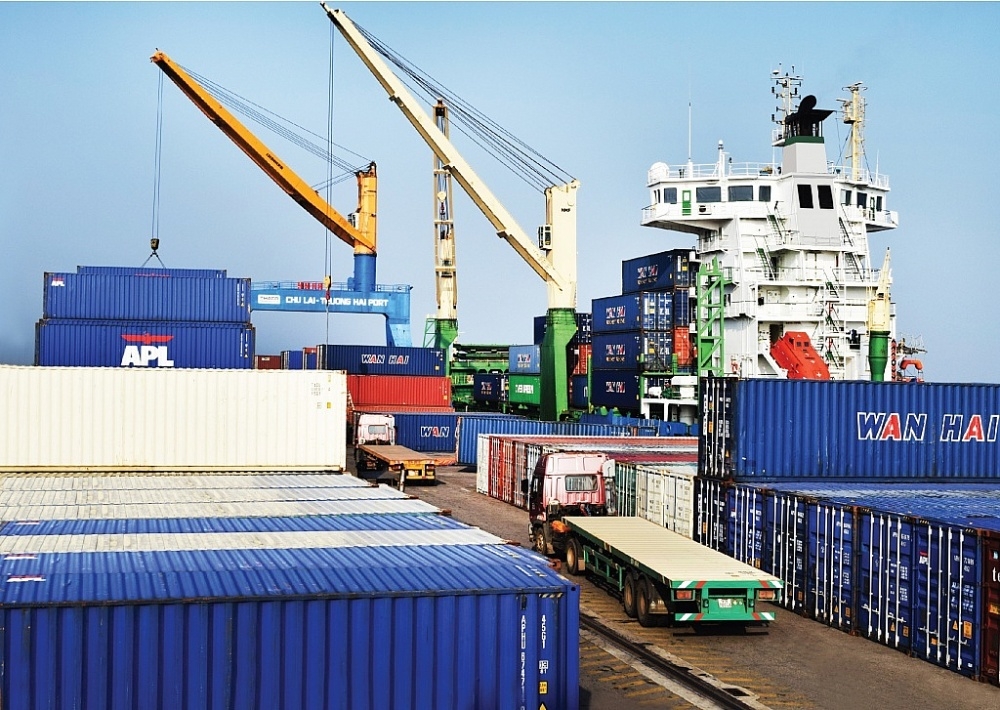
Step up negotiations on customs commitments within the FTA framework
09:44 | 08/12/2024 Regulations
More News
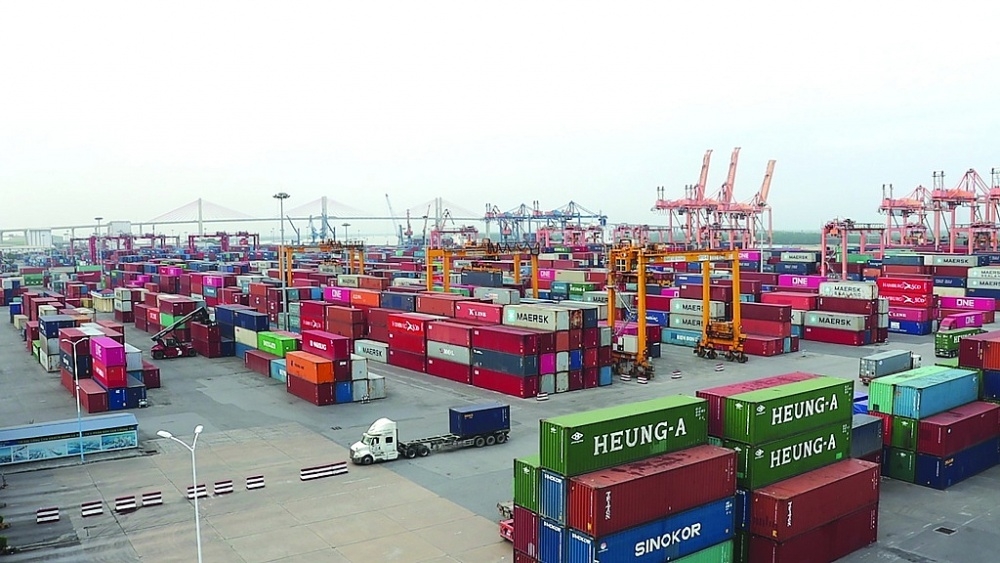
Proposal to amend regulations on goods circulation
13:45 | 06/12/2024 Regulations
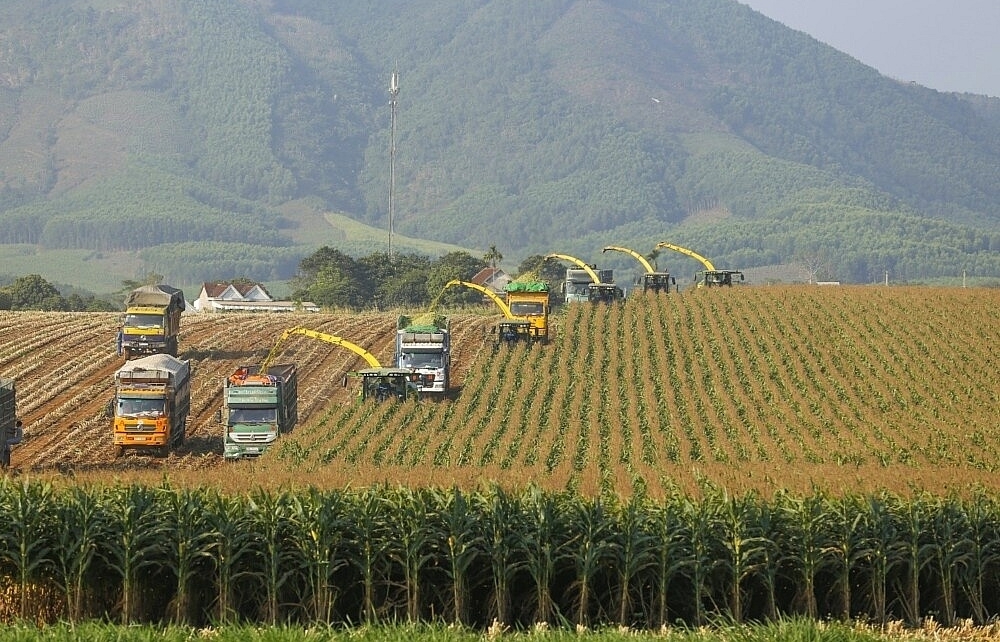
Review of VAT exemptions for imported machinery and equipment
10:31 | 05/12/2024 Regulations

Customs tightens oversight on e-commerce imports
13:39 | 04/12/2024 Regulations
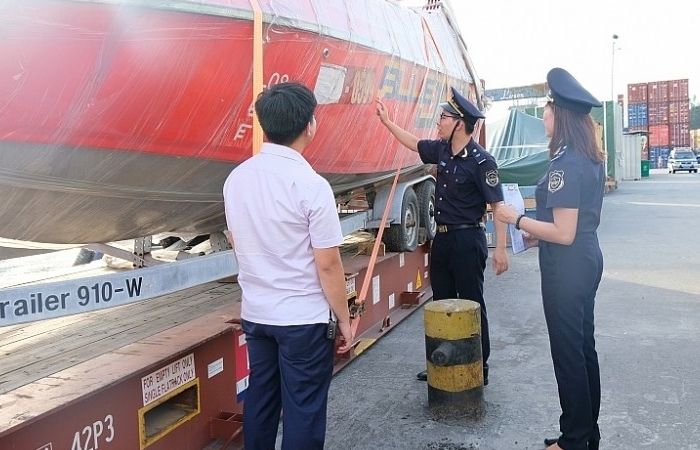
Bringing practical experience into customs management policy
13:48 | 03/12/2024 Regulations

Businesses anticipate new policies on customs procedures and supervision
15:41 | 29/11/2024 Regulations

Do exported foods need iodine supplementation?
11:06 | 29/11/2024 Regulations
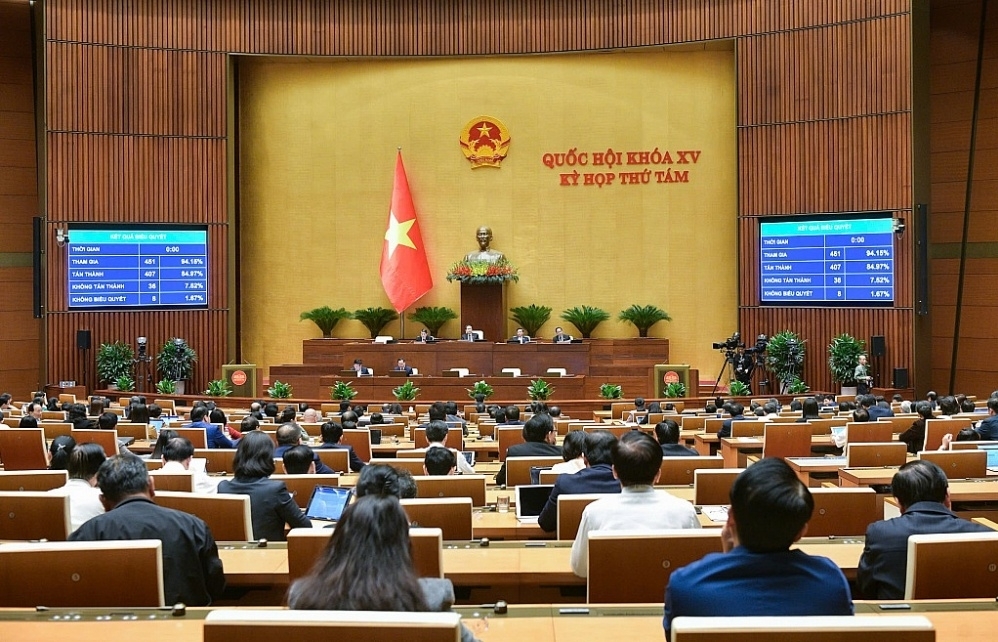
Amendments to the Value-Added Tax Law passed: Fertilizers to be taxed at 5%
13:43 | 28/11/2024 Regulations

Proposal to change the application time of new regulations on construction materials import
08:52 | 26/11/2024 Regulations

Ministry of Finance proposed to reduce VAT by 2% in the first 6 months of 2025
09:00 | 24/11/2024 Regulations
Your care

Resolve problems related to tax procedures and policies for businesses
13:54 | 22/12/2024 Regulations

New regulations on procurement, exploitation, and leasing of public assets
09:17 | 15/12/2024 Regulations

Actively listening to the voice of the business community
09:39 | 12/12/2024 Customs

Step up negotiations on customs commitments within the FTA framework
09:44 | 08/12/2024 Regulations

Proposal to amend regulations on goods circulation
13:45 | 06/12/2024 Regulations
